Andrea Bruciati’s tenure at the helm of the Villae, the autonomous institute of the Ministry of Culture that brings together the sites pertaining to Villa Adriana and Villa d’Este, ended a few days ago. An art historian and contemporaryist, Bruciati has delved into the Italian video art scene in the 21st century, with critical and curatorial contributions. Between 2009 and 2012 he conceived the On Stage format, within the ArtVerona fair, an event he took over as artistic director from January 2013, a position he held until 2016. In this role, he helped profoundly renew the cultural profile of the review. In 2015 he was appointed artistic director of BJCEM - Biennial of Young Creatives of Europe and the Mediterranean, curating its Milan edition held at the Fabbrica del Vapore, the closing event of Expo 2015. Starting in March 2017 and running until 2025, he directed the Tivoli Villas, redefining in October 2018 the identity of the institution under the name Villae. We interviewed him to hear about his tenure. The interview is by Noemi Capoccia.
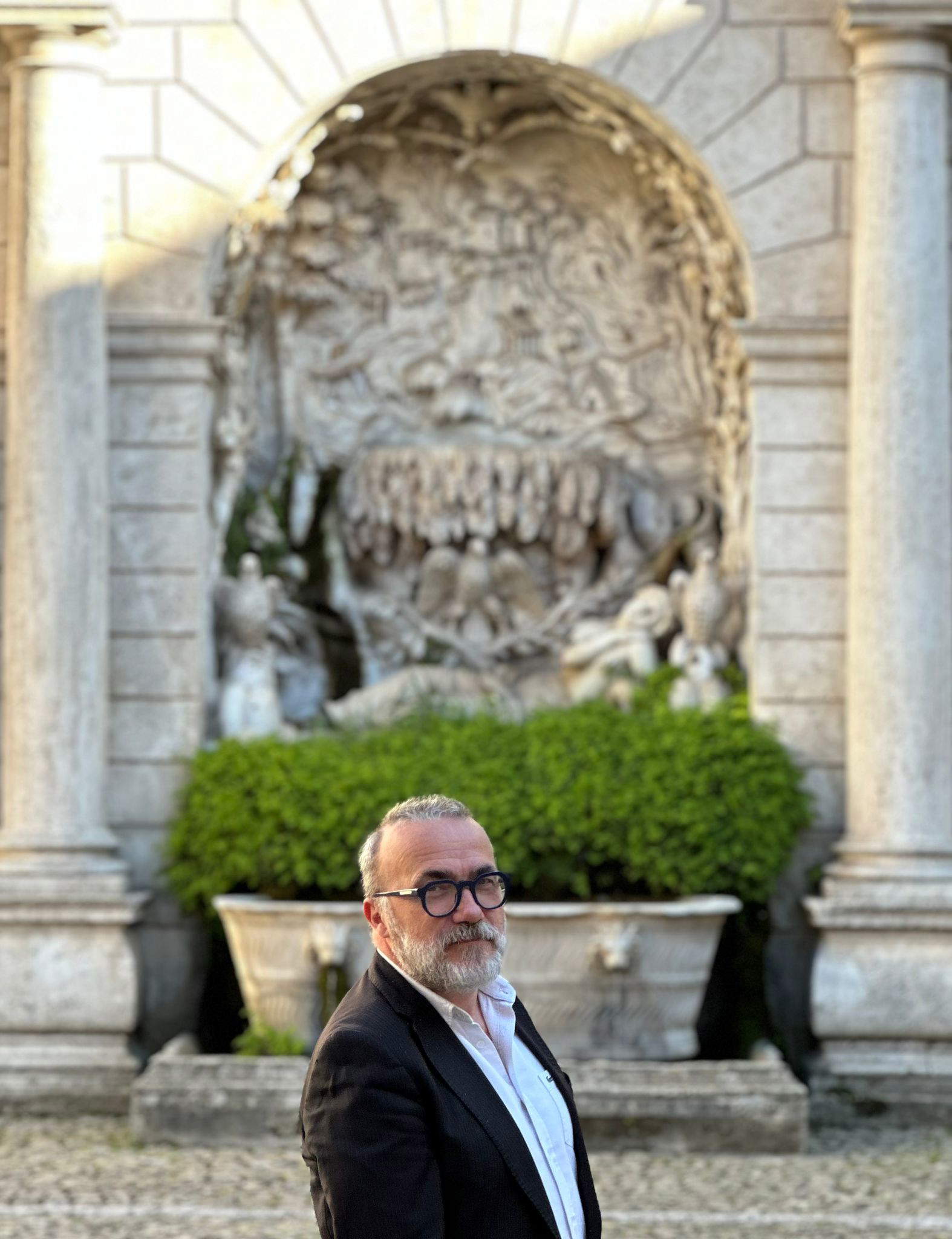
NC. After eight years as director of the Villa Adriana and Villa d’Este Institute, what do you think are the most important milestones that have marked your tenure?
AB. The milestones along the way have been different and gradual. The Institute, prior to its establishment, did not exist as a unitary body and from the very beginning it faced important challenges. The main task was to preserve the characteristics of each individual site, but at the same time to channel them toward a common goal, for a unified and shared vision. In fact, until then there had been no real exchange between the different facilities, which had been managed separately. Therefore, the Institute was conceived as a platform with a well-defined identity, both because of its peculiarities and because of a precise communication strategy. The name Villae was chosen to emphasize the cultural contextual distinctiveness, and an in-depth reflection was undertaken on the graphic figure and the message to be conveyed. The goal was to have a dialogue with its roots in order to offer appropriate responses to contemporary visitors, thus projecting the Institute into the future with updated sensibilities. Its richness, which had been considered a static heritage, is now a generative resource, a starting point for new interpretations and narratives. Our extraordinary nature goes hand in hand with great managerial responsibility. Indeed, the Institute is not just a museum, not just an archaeological park, and not just a Renaissance garden but a palimpsest that is created by multiplication, not addition. The five sites that comprise it are a complex organism, a unique cultural ecosystem that wants to affirm the centrality of its social role in the territory: organizing cultural activities has been a way of dialoguing with today’s public, a means of building a vision oriented toward tomorrow, while respecting the value and historical significance of these exceptional assets. Over the past eight years, the common thread of the work done has been just that: to restore a narrative to sites that at the time of my appointment appeared as “sleeping beauties,” extraordinary but lacking a narrative capable of expressing their full potential. Respect for historical specificities was always at the center, but with an approach that was consciously contemporary. And from this perspective, the project followed a path quite distinct from the one that often characterizes the incorporation of contemporaneity into historical heritage: here contemporaneity was a concrete tool for interrogating the past so as to establish a profound dialogue between different eras. In this way, each cultural initiative originated from the Institute itself starting with the first review in 2018 dedicated to the myth of Niobe(And Tell Me You Don’t Want to Die), where the aim was to highlight the contemporary value of themes deeply rooted in history, such as the concept of hybris and the arrogance of power in the face of human frailty. Tight cultural programming then gradually shaped the idea of a place that would function as a constantly evolving site of proposals-a place to return to because after all, the time factor is the true common matrix that binds all our sites together. The Institute is conceived by me as an organism that breathes with the territory. Each site refers back to the others and creates a unified cultural fabric that develops in a circular way. This interconnection is a feature that allows us to give visitors a deeper key to the historical heritage, as well, of course, as an unprecedented and ever-changing aesthetic experience. Precisely because the Institute is constantly changing, its purpose is also to retain a local audience, and to transform its places into identity elements for the community stretching from Rome to the Aniene Valley (Lazio). Cultural heritage, in order to be ’alive,’ must be perceived as an integral part of the social fabric, and all the work done to date has been based on this principle.
Looking at the increase in visitors for Villa Adriana and Villa d’Este in recent years (from 2017 to 2023), there is a growing interest in receiving cultural heritage. How did you manage the balance between the influx of visitors and the need to preserve the integrity of the monuments?
We created the Villae Pass precisely to rebalance the flows and raise awareness of the site, which I strongly wanted open, to now the least visited, the Shrine of Hercules Winner. We have promoted ourselves as a united and unique system, and in this way we avoid suffering a de-balanced distribution of the public. On the other hand, without a proper upstream policy on infrastructure and tourist reception, we will never be able to fully exploit the Institute’s potential, including in terms of numbers. We could triple our reception capacity, but to do so would require adequate logistical support and a hotel offer that to date is insufficient. The problem of excess visitors therefore does not affect us, except at some specific times, such as some first Sundays of the month. For the rest, we manage to optimize flows, also because our beauty is closely linked to our fragility and that is precisely why we pay great attention to the protection of places. In my opinion, the ultimate goal should be to improve the visitor experience, ensuring a more in-depth and culturally aware approach. Personally, I would like visitors to spend the whole day at our sites, immersing themselves in the place. After all, everything is based, upon entering the Villae, to suggest a different relationship with our time, which here is marked by the rhythm of nature, moving with the same fluidity.
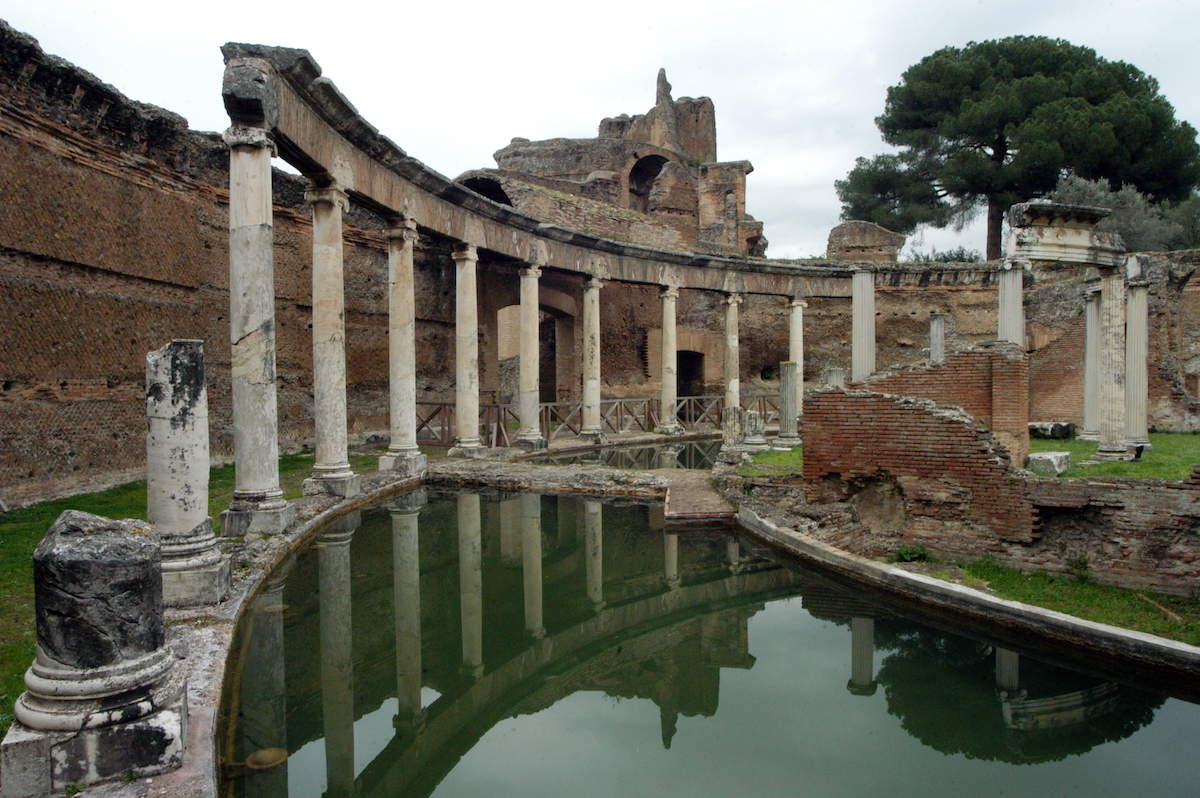
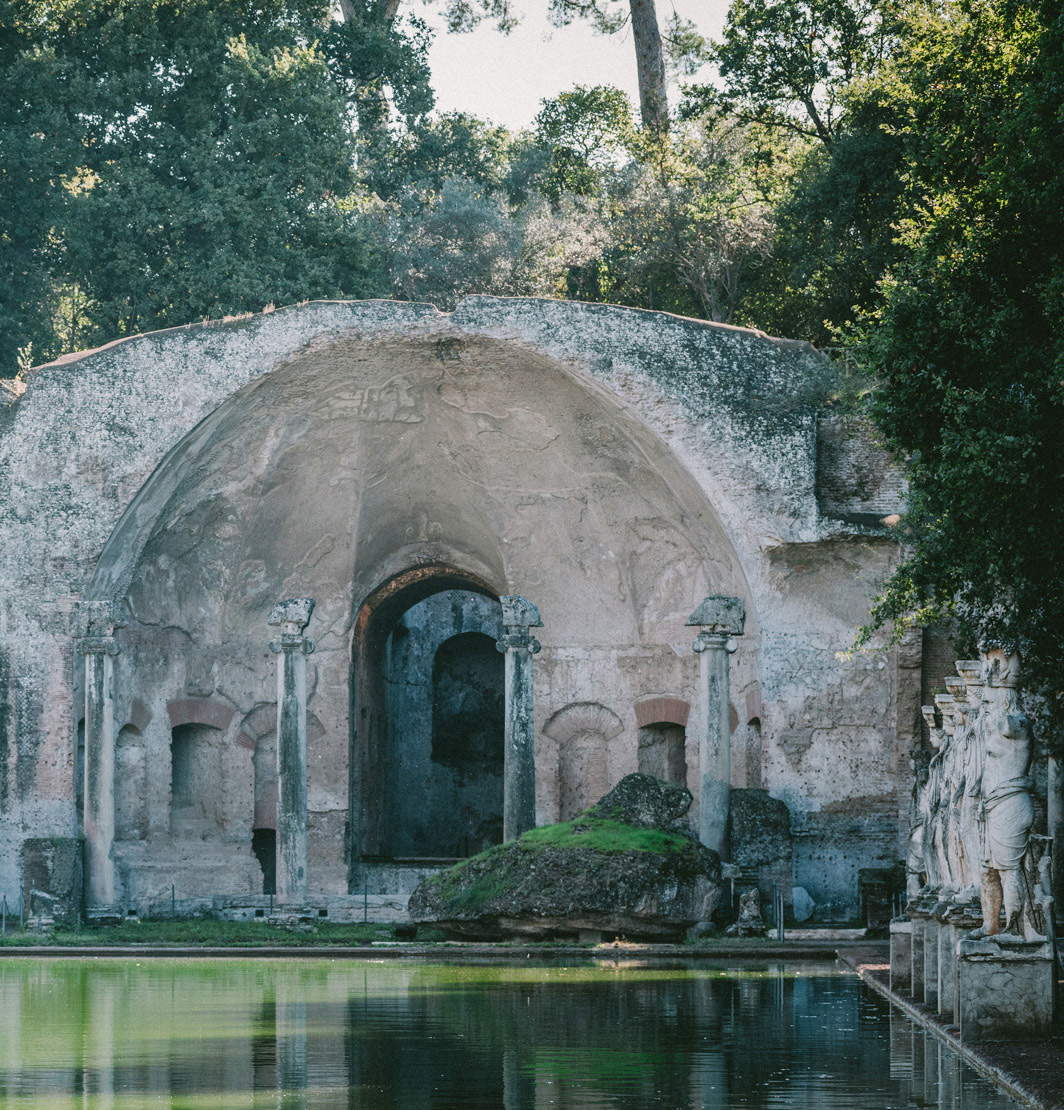
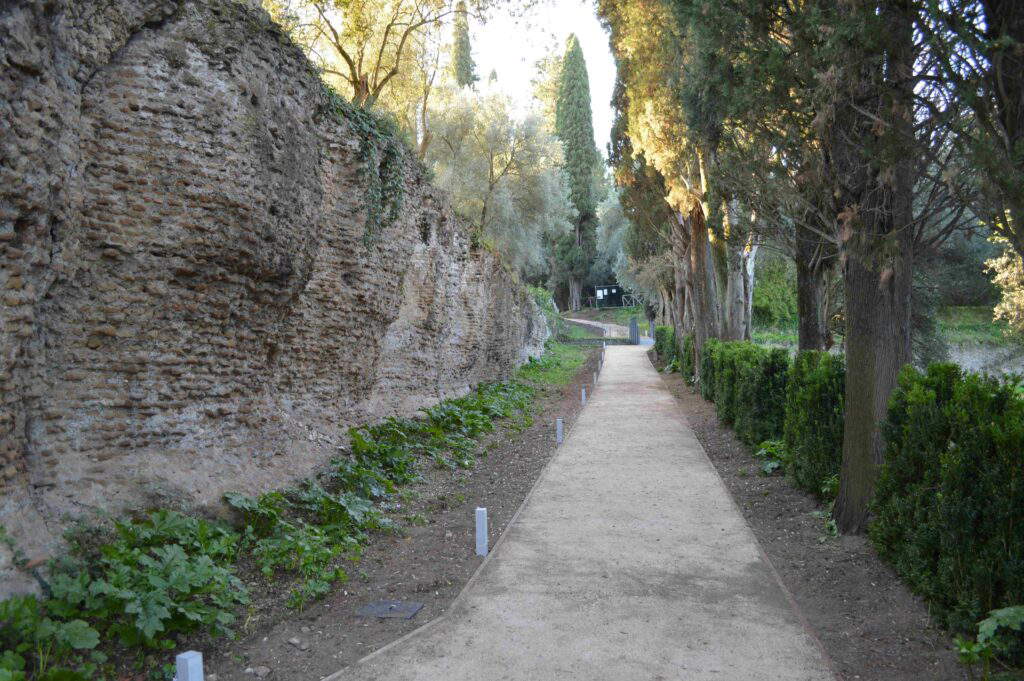
What is your balance of the experience and what were the main advantages and critical issues you found in running the Institute?
Having been a freelancer, I would have liked even more impactful results. Although the activity carried out by the entire group of collaborators was important, I would have liked to have had an even greater impact, both in terms of activities related to excavation, restoration, reopening areas, and more visibility on cultural initiatives. That said, I have worked with the tools at my disposal and can be satisfied. In any case, I believe that in order to ensure real autonomy, these institutes should turn into foundations so that they can be self-managing. Currently, the autonomy regime imposes high performance standards, but at the same time does not allow the freedom to hire specialized professionals on a permanent basis, except for temporary assignments. This is a contradiction that makes us a hybrid entity with enormous potential that, however, cannot always be realized. Despite these limitations, the path we have taken has nevertheless borne fruit: from places once perceived as static, we have managed to transform our sites into true cultural sites, centers of artistic and social reference for the area. The villas have once again become an identity heritage for everyone: we are no longer talking about destinations to be hastily visited on a school trip, but dense and layered places to be rediscovered and frequented. The cultural offerings are also constantly being renewed: this has allowed the general public to perceive the Institute in a different way as well: on the move, treating beauty as something mutable, capable of adapting to changes in society. From the curatorial point of view, moreover, one of the most stimulating aspects has been to trace a third way between the rigidity of specializing offerings for insiders only and the oversimplification of the generalist mainstream. We developed rigorous projects starting from research, but offering keys to make them accessible to as wide and diverse an audience as possible. I believe that this should be the real task of those working in culture: to broaden access to heritage by providing appropriate tools for everyone. Specifically, even in projects related to contemporary art and conferences, we have always maintained a strong coherence with the genetic code of the places, creating an authentic diachronic path between past and present. The positive feedback from the public confirmed that this was the right direction: incredible places deserve experimentation and equally exceptional solutions. The Villae of Tivoli cannot be managed as mere sites of historical interest, because they were conceived as revolutionary machines for their time. Those who administer them must take up this challenge and place themselves in a tension that always looks to the future.
How do you think independence has affected the enhancement and protection of Villa Adriana and Villa d’Este?
I believe that for those who produce culture, freedom is a necessary value and allowing mobility of action, is certainly a fundamental step. Of course, the economic resources and tools at our disposal always remain limited compared to the vision we would like to achieve, although our autonomy has still allowed us to give the projects a strong recognition and build a solid identity for the Institute itself. This has also been possible thanks to our experience in managing projects that, although different from each other, have always maintained an underlying coherence. Today, those who approach the Tivoli Villae know that they will find a diverse cultural proposal but with a well-defined identity. In a context where everything is often massified and homogeneous, giving a clear and distinctive message is an added value.
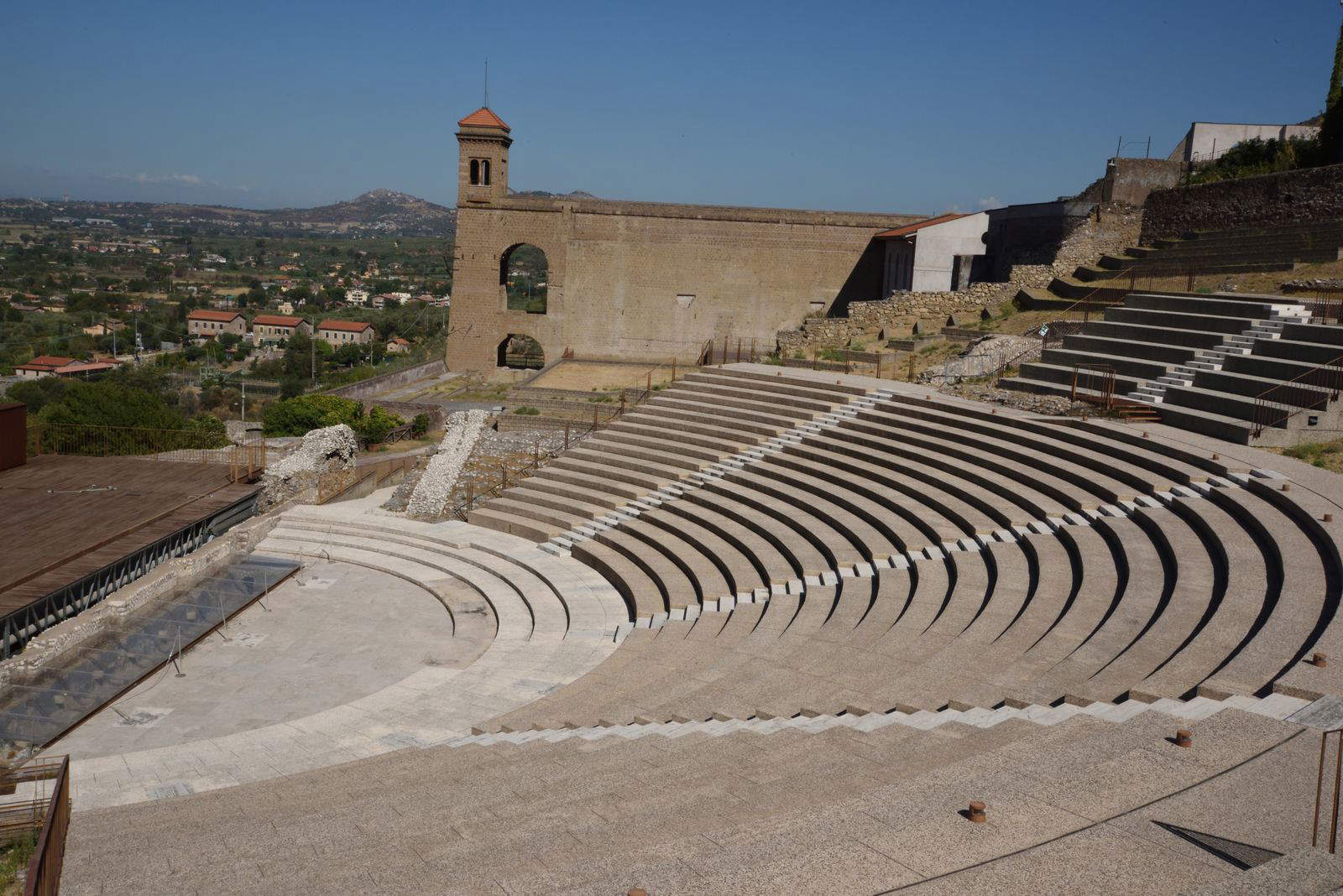
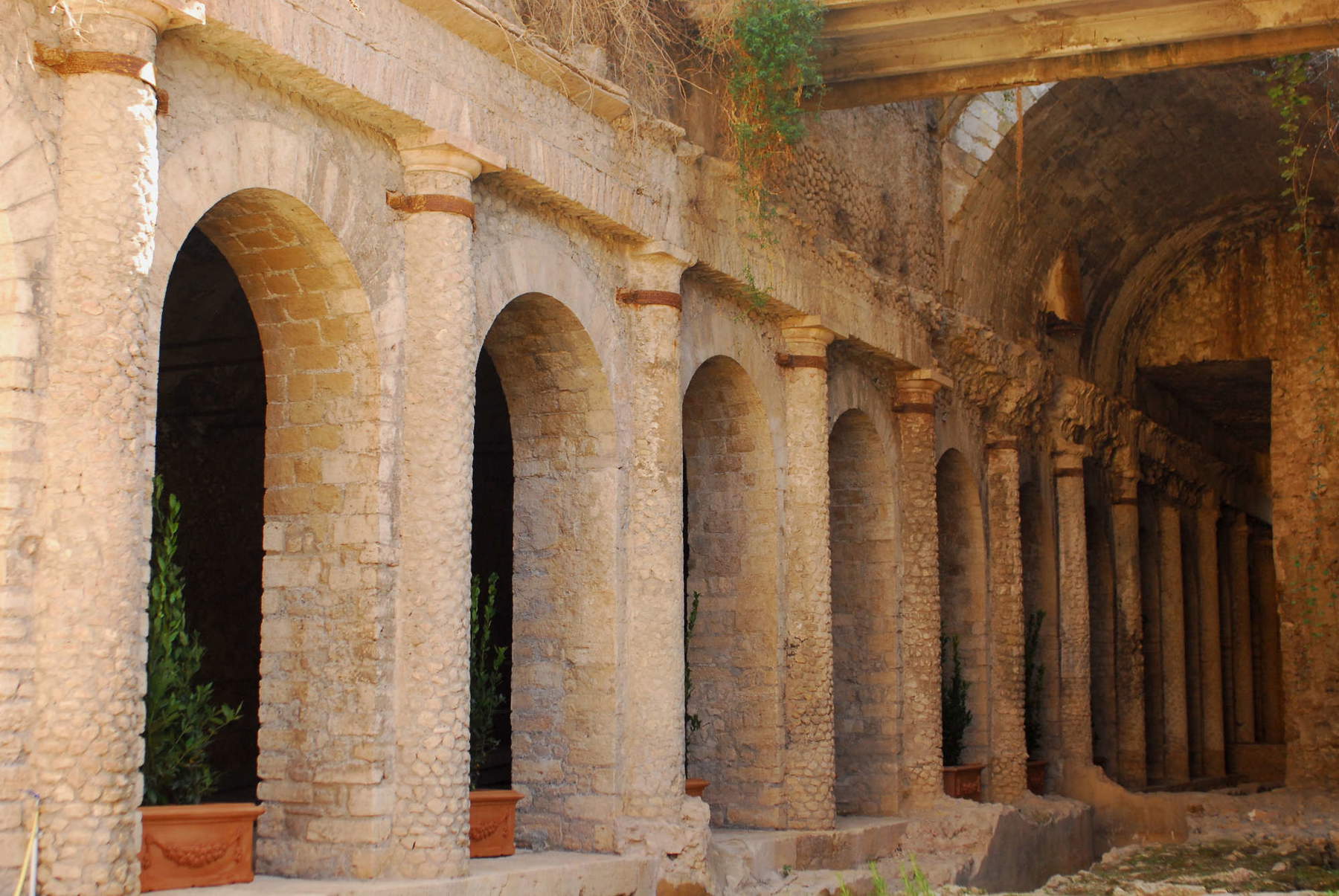
The 2024 reform envisions more regionally integrated management. How do you think this kind of change might affect the future of the Villae?
We are an open palimpsest, we are landscape. Creating networks and establishing collaborations is part of our very genetic structure. Our approach is based on the idea of building new paths and vectors, in constant dialogue with the territory and its actors (municipality and region first and foremost). From the very beginning, with the name Villae, we have questioned the context in which we operate, trying to understand its characteristics and enhance them in tune with the new sensitivities and demands of the public. For us, this is a natural evolution of a path already started, which I see exclusively as an enrichment. I conceive diversity as a value and am not for a single or monolithic form of thinking. My experience in directing these places has taught me that in order to achieve concrete results, a constant and dialectical confrontation is necessary, even with professionalism seemingly distant from the world of culture. Every intervention requires the contribution of multiple skills and not only those specific to the field. This realization has given rise to a different working method in which the link between disciplines and perspectives has assumed a fundamental role. To think that an archaeological intervention should involve only archaeologists is a short-sighted and outdated perspective if there is no continuous confrontation between all parties. Conservation and enhancement must therefore go hand in hand, and to do so requires plural looks because we are a complex organism. This is probably what distinguishes the Institute: a different look at heritage that considers sites as cohesive elements for a dynamic system and not as isolated entities. In the past, management tended to frame them in an autonomous way, without any real comparison between them: today, on the other hand, it is evident how the dialogue between places is essential. All the more so for the Villae: working from the inside, walking through them, I have realized that studying Villa Adriana helps better to understand Villa d’Este, and vice versa. The same is true for the other sites where this circularity is also a functional method in generating new research perspectives. We have never focused on easy operations, on big names or on events of pure media impact: I conceive being on the edge as an opportunity to understand in a different way the complexity that connotes us and to look for less beaten solutions. The goal is to pose questions and stimulate reflections that can offer cultural experiences that are authentic and able to bind, to dialogue with the deep identity of our places.
What is the common thread that links the proposals planned for 2024-2025 and how do they fit into your curatorial vision for the institute?
I am very happy with the results achieved in the second half of 2024, in which we managed to turn the Institute into a real cultural laboratory. We presented exhibitions, conferences, and study days dedicated to specific themes to visitors, and we managed to create a mutagenic and mutant environment in which research and outreach were fully integrated and cross-fertilized. A key element of the programming was the possibility of enjoying multiple projects simultaneously at different sites, giving visitors the opportunity to immerse themselves in an articulated but coherent path of discovery. Each project was conceived in relation to the context in which it was set up, while maintaining a constant connection with the other places, dimensions, of the Institute. Among the initiatives I want to mention the exhibition dedicated to the Flemish presence in Tivoli(Venus disarms Mars ed.), set up at the Shrine of Hercules the Victor. The project arose from the analysis of a painting resulting from the collaboration between Brueghel and Rubens, which showed striking similarities with the Sanctuary’s Via Tecta. From this discovery, research began that revealed a literal and philological correspondence with the Tiburtine structure, thus allowing us to investigate the link between the Flemish Roman colony and the landscapes of Tivoli. It was an investigation that brought attention back to a little-explored aspect of modern art history related to Grand Tour sites. At Hadrian’s Villa, on the other hand, we focused on painting from the Hadrianic age(Under the Sign of Capricorn ed.), bringing together fragments and comparing them with finds from the latest archaeological investigations. The work made it possible to return the Villa to its original dimension, going beyond the current perception, which is often limited to the surviving architectural elements. We wanted to return the true skin of the Villa to show how the architecture, statuary, materials, nature, and decorated parts created a real unified cultural project, revolutionary for the time. It was a way to go beyond established knowledge and to show that an innovative emperor like Hadrian could not fail to have a varied, multifaceted and manifold interest, and therefore of great interest to the pictorial field as well. The third project, on the other hand, had a more conceptual slant and developed a reflection on the chromatic value of white and its connection with travertine, a material that characterizes the Tiburtine landscape and architecture. From this arose a broader investigation that retraced the history of white(The Milky Way ed.) as a visual and symbolic code, from Malevič to its most recent declinations, in which it is clearly visible how the concept of absolute purity begins to be shattered and reworked in a critical key. The common thread running through all these initiatives has therefore been the desire to place alongside our monuments opportunities for in-depth study that would once again relate the legacy of the past conceived as proactive for the present. Indeed, I believe it is of utmost importance that the Institute become a place of active research, capable of always proposing new reflections and stimuli. In addition to these projects, we are working on a documentary and photographic exhibition(Futura ed.) that will accompany the opening of three sites: the Via Tecta, with its almost Piranesian charm linked to the poetics of the sublime; the entire Museion at Villa Adriana, where works found in excavations from 1950 onward will be continuously exhibited; and the Grotto of Diana at Villa d’Este, which will finally be returned to public use after decades of closure thanks to Fendi’s patronage. The idea of constantly expanding cultural offerings has been the paradigm shift of these eight years. When one considers that, upon my arrival, the Shrine of Hercules the Victor was only sporadically visitable, one understands how much has been done to enhance even lesser-known places, integrating them into a broader and more articulate narrative. I believe that this is the key to making cultural heritage truly the protagonist subject: to create ever-new routes, in which each element of the site can speak to the historical and artistic context. All this gives the public a richer and ever-changing visitor experience that stimulates the desire to return.
The restoration of Diana’s Cave has made it possible to preserve important decorations and sculptural apparatus. What were the most complex interventions during the restoration phases?
Within the Institute there was a part that remained in a kind of limbo: closed, everyone knew of its existence but no one had ever intervened so comprehensively. Diana’s Grotto is perhaps the most extraordinary example of sixteenth-century Mannerism that has come down to us. It is a space that embodies a perfect synthesis of polysensory and polychromatic elements, with a variety of materials already in use in antiquity combined and fused to create a metamorphic treasure chest. A kind of precious jewel, a Plato’s cave of fabulous complexity and richness. The layering of heterogeneous materials, seemingly incongruous but functional to the creation of the cave within the Villa d’Este’s itinerary, therefore necessitated a restoration intervention as meticulous as it was thorough. The purpose of the restoration was to remove deposits accumulated over time and to restore legibility to the grotto, whose state of preservation was also affected by exposure to the weather, given its partial opening to the outside. Over the years, parts of the covering have become detached and have compromised the visual and narrative continuity of the whole, causing it to lose its primeval beauty. Therefore, the intervention required cleaning and recovery of the decorative details and made it possible to reconstruct the stories enclosed in the various pieces of the cave. A project of this magnitude could not have materialized without the support of a Maison like FENDI with strong ties to cultural entities. After more than a year of work, on May 5 the cave will finally reopen to the public with an unprecedented derma, more legible, layered and luminous. The intervention also reinforces Villa d’Este’s identity as a metaphysical place outside the world: precisely in Diana’s Grotto, art manifests itself as a total, synaesthetic experience.

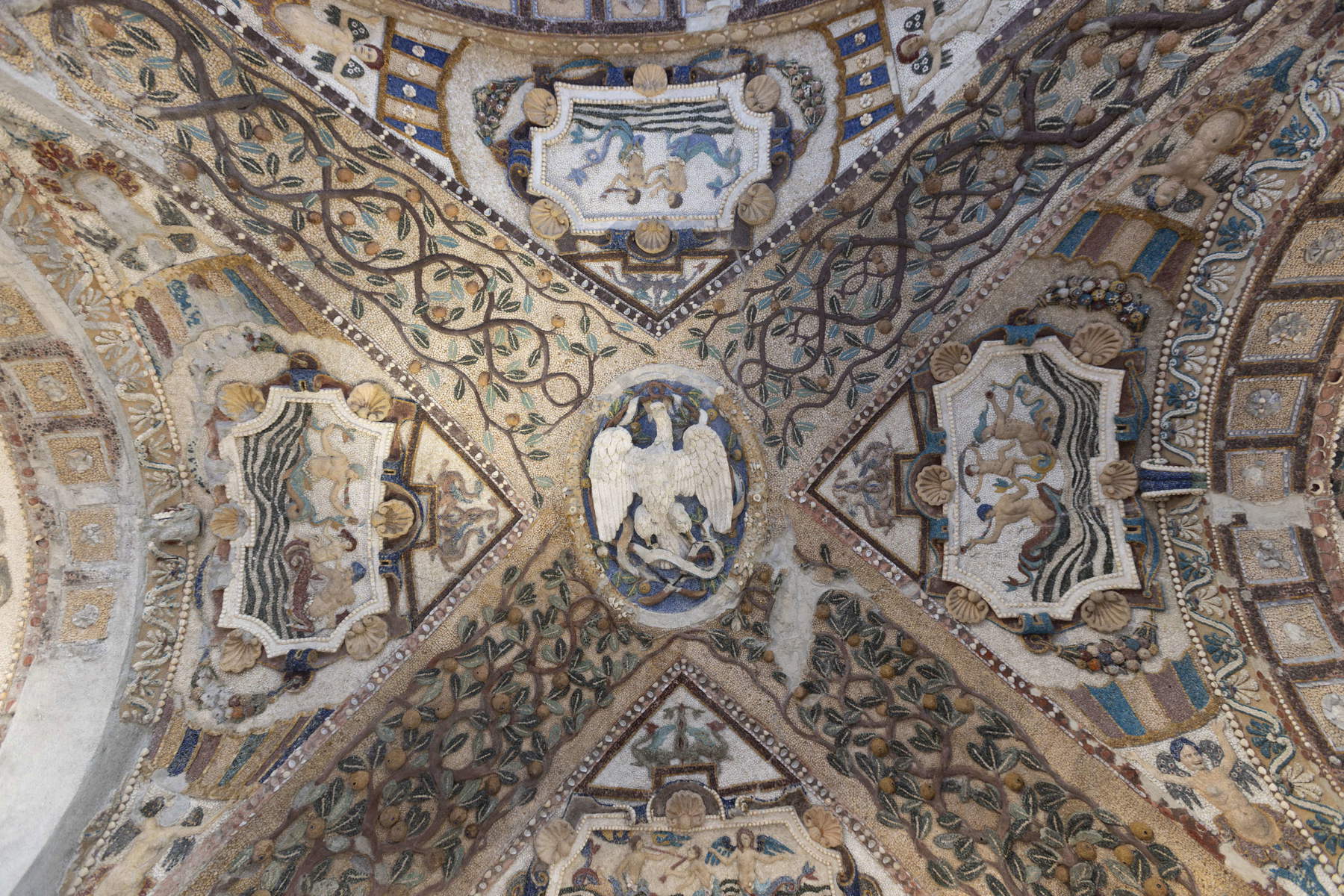

Will there be new routes or ways for the public to enjoy the sites?
These are the ancient access of Villa Adriana along the route we have named Yourcenar, the new entrance from Via del Colle for the Sanctuary of Hercules Vincitore, while for Villa d’Este the only concrete change concerns the restricted access to the Grotto of Diana. We will continue to propose a single ticket, which offers economic advantages and also allows visits for three consecutive days. In fact, we believe it is essential to promote slow tourism, which allows people to explore and get to know this incredible territory in depth. All of these initiatives are part of a larger enhancement project, designed to strengthen the union between the site and the entire Aniene Valley and to finally be a place that the community feels is its own and recognizes as a regenerative part of its identity.
What do you expect from the reopening of the three restored sites, both in terms of public response and on the enhancement of Villa Adriana and Villa d’Este?
I do not want these places to be perceived as passive monuments, nor as mere once-in-a-lifetime destinations. They must be dialectical, osmotic spaces, capable of speaking to those who pass through them, and at the same time maintaining a deep connection with their history and with the needs and urgencies of the present. I hope that they will be increasingly perceived as museums, places of beauty and well-being, because otherwise it is evident that they present themselves as incredible monuments. To me they are extraterrestrial territories, planets ruled by time, witnesses to a continuous flux, physical and conceptual. This makes them clues to our past and at the same time actors in the present as spaces to be experienced and not just contemplated. Culture should be absorbed, breathed in, internalized. This is precisely why they are platforms for confrontation and dialogue primarily with ourselves and bridges to the other. An example of this is the link we have managed to establish between Villa d’Este and Beijing, between cultures and civilizations that are profoundly different, but capable of enriching each other through exchange and comparison. I want to remember that these places were innovators in their time and I hope they are still innovators today: laboratories and forges where new perspectives can be built. In recent months, for example, we have organized conferences on unprecedented topics such as the relationship between nature and the body in the mid-sixteenth century(Anatomicae Natura ed.), the figure of Ciriaco d’Ancona, the first archaeologist of the modern age(Renovatio ed.), or the role of Herod Atticus, a character who, the heir apparent to the vision of Hadrian(Imitatio Hadriani ed.), was able to revolutionize the culture of his time. We want to provide tools for reflection that are also useful for understanding the complexity of the present and give value to the landscape and agricultural aspects through the enhancement of native agricultural production, transhumance, and the attention given to water, the great challenge of the near future
How did you manage to combine the interest of the contemporary with the restoration of ancient heritage?
I don’t see a gap between conservation and enhancement; on the contrary, I consider them two dimensions that complement each other perfectly. Every restoration is the child of an ideology and of its own era and therefore can never be considered definitive: techniques and materials constantly evolve, and what we consider cutting-edge today could be outdated in 20 years. For this reason, an intervention that does not take into account the dialogue with the present risks having no projection toward the future. Valorization and preservation are in fact inseparable from each other and are driven by the same cognitive curiosity aimed at preserving memory and decrypting current events. While they differ in approach and method, they must converge toward a common goal, just as they do at our Institute. It is in this integration that the real opportunity lies: only through careful valorization, calibrated to the specificities of each asset, can we restore new life to our heritage. Italy, with its immense artistic and cultural wealth, has the opportunity to distinguish itself in this sector and to assert its own identity. The vastness of our heritage, often disproportionate to the available resources, requires us to adopt shrewd strategies and phenomenological interventions, capable of combining protection and fruition in ways that are always cutting edge. Only in this way can the beauty we have inherited be once again given to all, renewing itself and renewing us.
Warning: the translation into English of the original Italian article was created using automatic tools. We undertake to review all articles, but we do not guarantee the total absence of inaccuracies in the translation due to the program. You can find the original by clicking on the ITA button. If you find any mistake,please contact us.